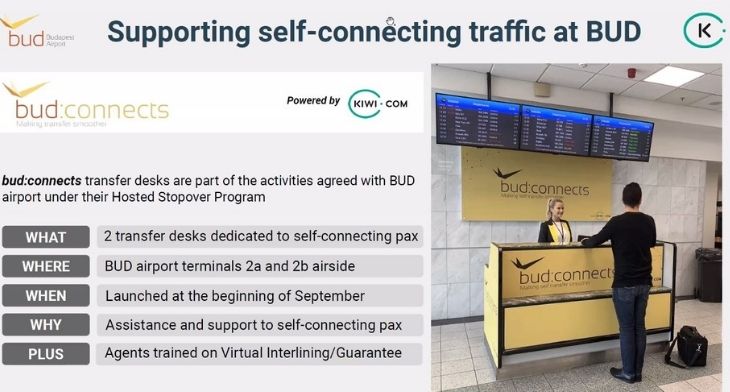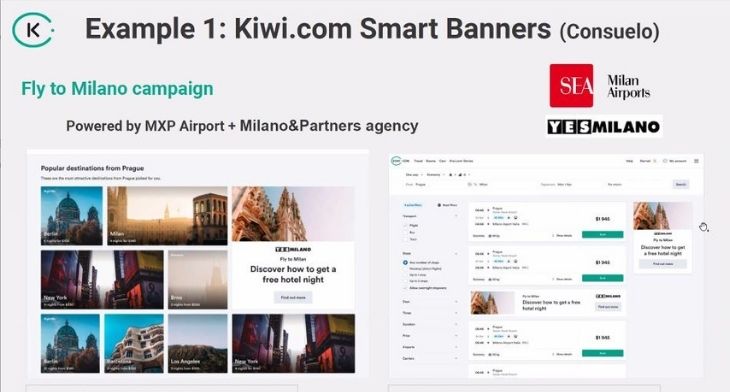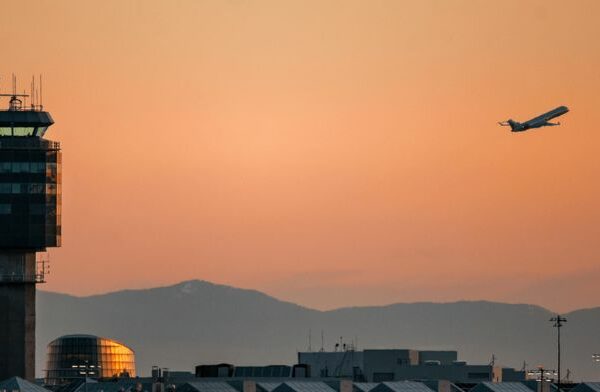


Imagine if every airport was a hub rather than an endpoint to a journey. It might sound a little ‘out there’, but with Kiwi.com’s ‘Virtual Interlining’ initiative, airports can now position themselves as virtual hubs.
During a webinar hosted by AviaDev on Wednesday 21 October, Kiwi.com’s Head of Airport Partnerships, Patrick Zeuner, explained how Virtual Interlining can help stimulate visitor demand and passenger growth, as well as passenger spend.
Virtual Interlining connects carriers who do not normally cooperate, significantly reducing the cost and hassle 

The online travel agency has already partnered with the likes of Milan Malpensa Airport in Italy on it’s Fly to Milano campaign and Budapest Airport in Hungary to support self-connecting traffic.


The good news for regional and smaller hubs considering becoming ‘virtual hubs’ is that it doesn’t really matter what size the airport is. “It could be a small airport with limited connectivity” said Zeuner, explaining how Kiwi.com used its virtual interlining model to facilitate connections from long-haul flights arriving at Providence Airport with ongoing domestic flights. “Even a smaller airport with 3 million passenger capacity will benefit from those passengers transferring through their airport… It’s a win-win situation for all concerned – the airport, passengers and Kiwi.”
And in terms of the infrastructure needed? It’s minimal and depends on each airport’s requirements offered Zeuner. Budapest for example set up a transfer desk for self-connecting passengers, it’s beneficial but not always necessary, especially with the increased demand and roll out of self-service kiosks . “Factoring in consumer and customer behaviour and language needs is important,” he added. “Language can be a barrier so you need to think about where your connecting passengers are coming from so you can communicate with them easily.” Connectivity in terms of the carriers serving an airport is also key. “We’re always looking for airports with some low-cost traffic established,” Zeuner concluded. “That price competitiveness is key.”






